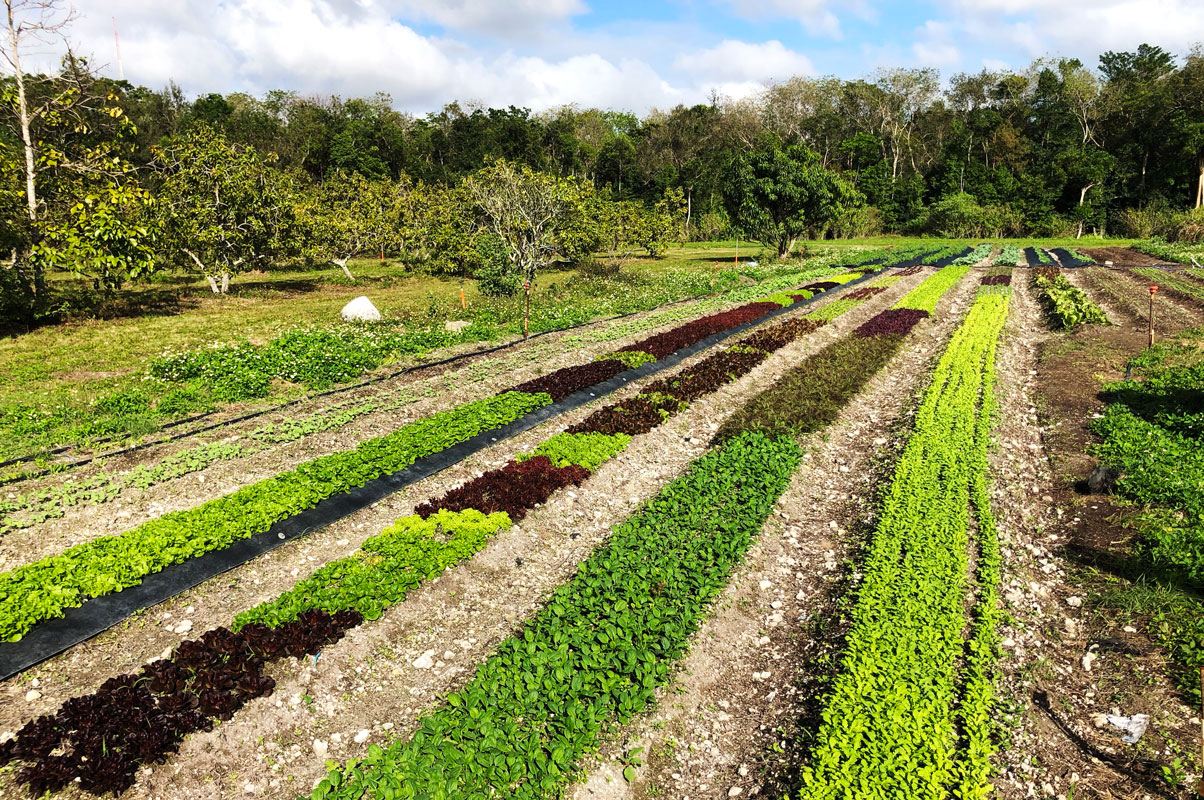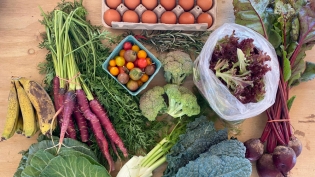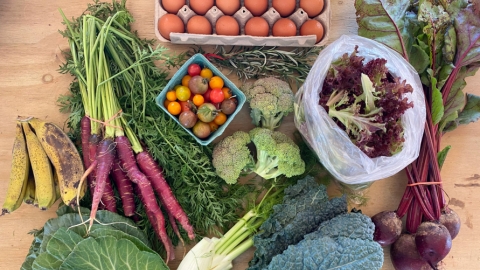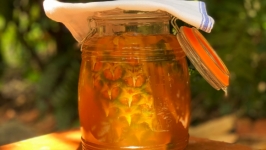What’s Different This CSA Season: More Ways to Pay, Sliding Scale
South Florida’s signup season for community-supported agriculture – CSA – is upon us. Like all of 2020, changes are in the works, many springing out of COVID-19 adjustments the during last months of the spring season. As the pandemic galvanized the public to seek out produce from local farms instead of grocery stores, savvy farmers quickly mobilized, creating produce box deliveries, low-contact pickups, online ordering systems and drive-through markets to meet increased demand.
As a result, the traditional CSA model – in which the customer pays the farm upfront in return for about 20 weeks of harvest boxes – is now only one of a series of options that give customers more flexibility. One-month commitments, biweekly subscriptions and short trials may appeal to those unwilling to commit to a full season. More farmers are accepting SNAP/EBT as payment, making CSAs accessible to more customers.
With the traditional fall start of farmers markets still uncertain, CSAs are a sure thing for those who want freshly harvested produce straight from the local farmer.
Sliding Scale Payments
One innovation this season comes from Chris French of French Farms. He’s offering a sliding scale payment option that lets people pay as they’re able, making CSAs available for people who typically aren’t able to afford a subscription. Those who are unemployed or struggling to find work, sick or disabled, can pay much less for a produce share, while those who are homeowners with a higher discretionary income can pay a higher price.
“With the protests, we definitely had a reckoning. We do feel our product might be inaccessible.” says French. They worked with local food justice space Finca Morada to come up with a series of criteria. Subscribers can decide where they fit in, based on factors like their employment status, education, student debt load and whether their face, ethnicity, color or gender impacts their income.
For example, if you choose to pay for the salad share in the $125% price bracket, you’ll pay a total of $650 in two installments. You’ll also become a benefactor of the subsidized share, and the farm will make a farm-themed thank-you basket for the holidays. Those who choose the 75% bracket would pay $390 in two installments.
“The time is right for this,” says French. “We do want more people to experience the farm. Let’s see how this works out.”








